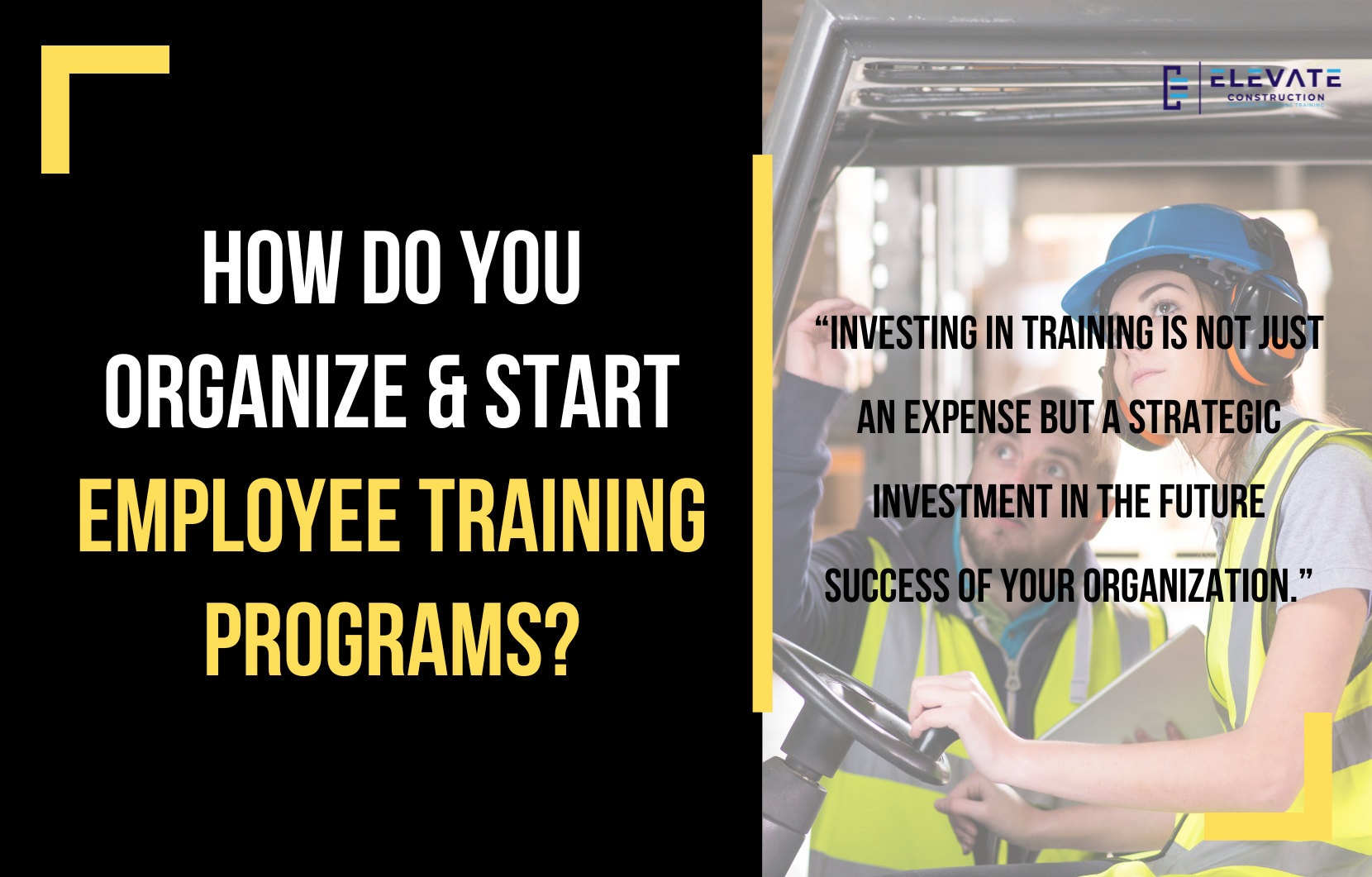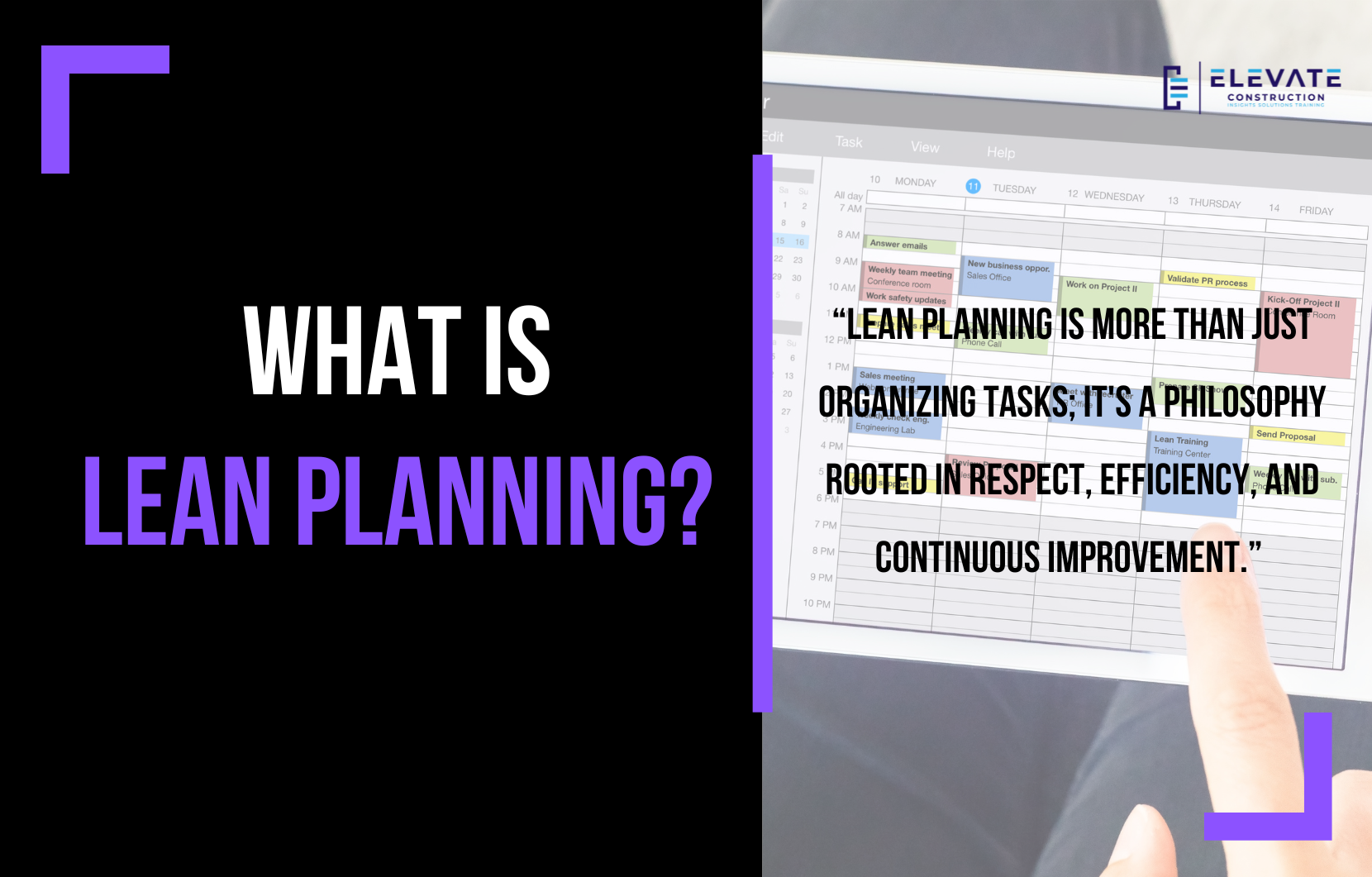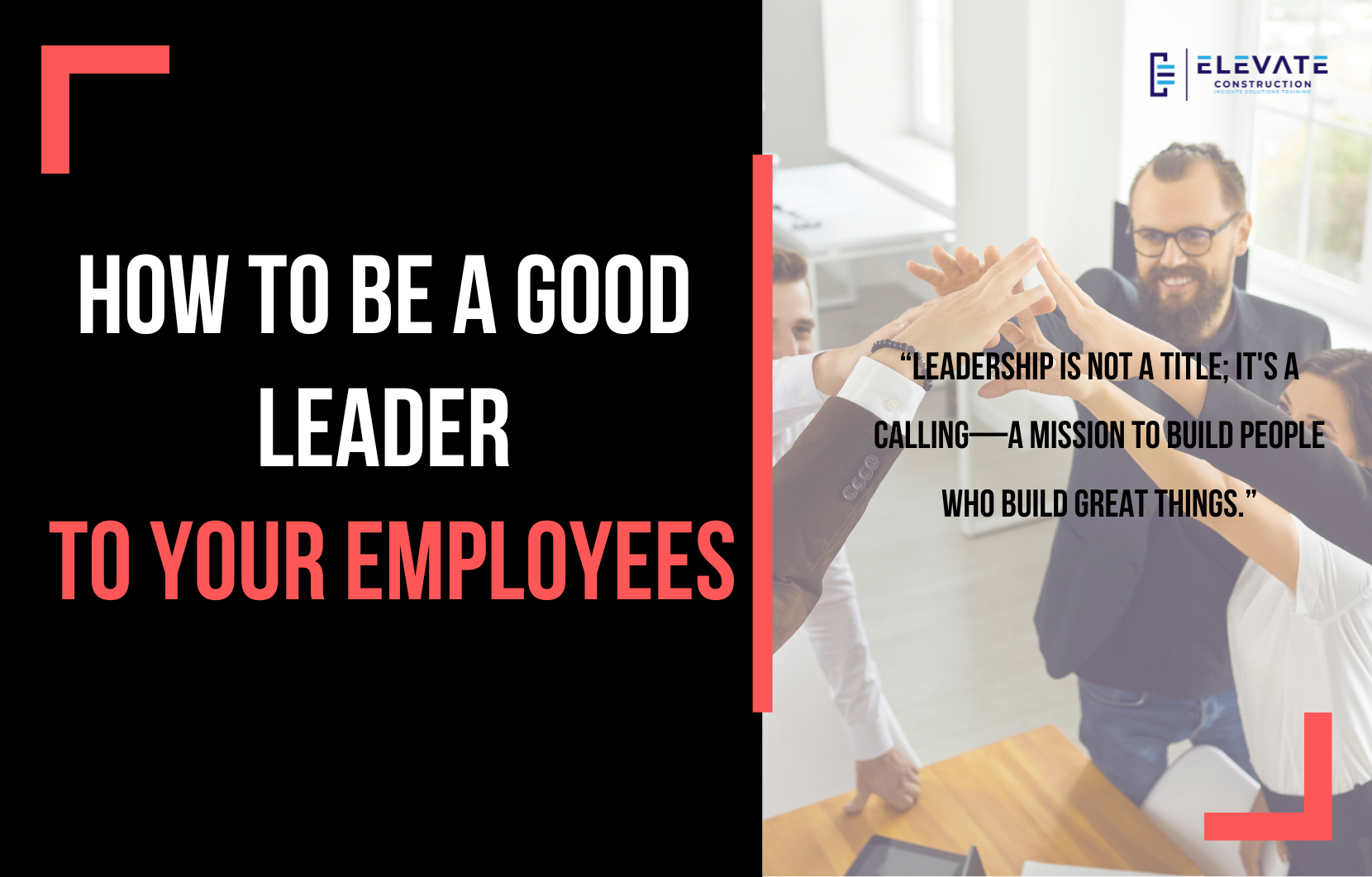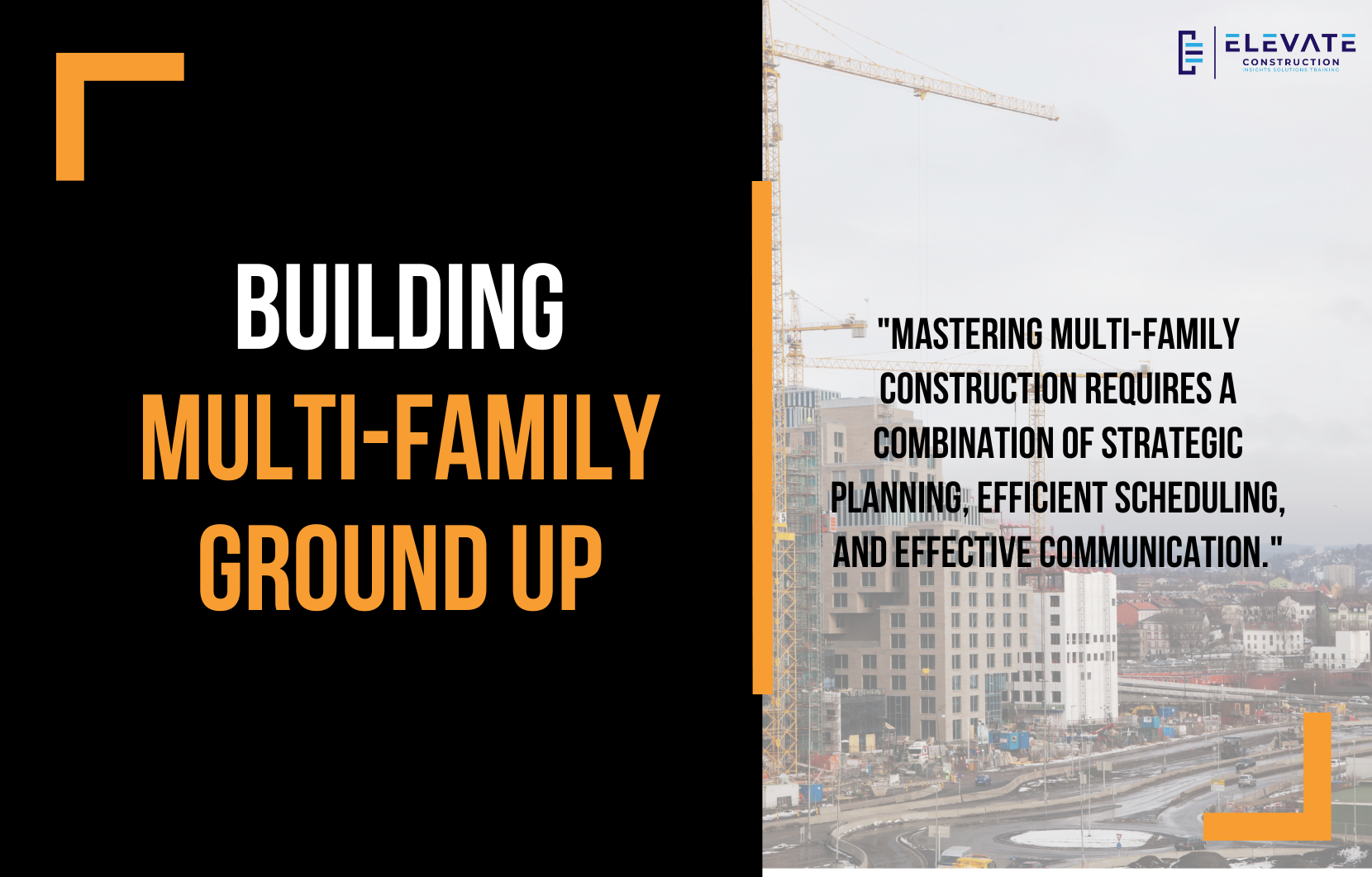When we talk about team building, people often ask for practical activities they can implement immediately to build their team. We’re going to share these right away, including a key strategy to bring positivity back into the team. Let’s dive in.
Importance of Building a Team
Building a team is crucial because everything starts with it. Whether it’s starting a project, doing a homework assignment, or even in a crisis, having a team is fundamental. While it’s easy to be good individually, it’s challenging to be good together, and being good together is essential for achieving big things. Here are some tips and tricks to build a strong team.
How to Get People to Like Each Other
To get people to work well together, they need to like each other. Here are some remarkable points:
- Similarity: People like those who are similar to them.
- Familiarity: People like those they know.
- Proximity: People like those they are near.
- Trust: People like those they trust.
Knowing each other is the first step to discovering similarities, which fosters liking and trust. Removing barriers, working closely, and spending time together are crucial. Here are some exercises to build these connections.
How to Do the Positive Comments Exercise
This exercise involves the team standing in a circle, where each person gives a positive comment to the person next to them. For example, you might say to John, “I really notice that you are always supportive and care about the team. I respect you and want to say thank you.” This exercise helps people realize how highly they are thought of, fostering connection and trust within the team.
How to Connect with Your Team by Sharing Personal Histories
Inspired by Patrick Lencioni, this exercise involves sharing relevant personal histories in a group setting. Each person shares something about their background that helps others understand them better. For example, a project manager who is strict with finances might share a personal story about witnessing financial struggles in his family, helping the team understand his behavior better and reducing friction.
Benefits of Doing Hard Things with Your Team
Teams grow stronger by tackling hard tasks together. This can be work-related or through activities like rock climbing or obstacle courses. Doing difficult things together reduces internal friction and builds reliance on one another.
Benefits of Spending Time Together as a Team
Spending time together, even in informal settings like lunch, helps build relationships. For example, a project manager and superintendent who didn’t get along improved their relationship by having weekly lunches, eventually building trust and working better together.
5 Key Behaviors & 4 Stages of a Team
Successful teams exhibit five key behaviors:
- Building Trust
- Engaging in Healthy Conflict
- Making Decisions Together
- Holding Each Other Accountable
- Performing Well Together
Teams go through four stages:
- Forming: Coming together.
- Storming: Experiencing friction.
- Norming: Starting to synchronize.
- Performing: Achieving high performance.
In the storming phase, team building activities are essential to pull the team together. As the team moves to the norming phase, they start trusting and following each other more, and in the performing stage, they focus on the goal rather than just the leader.
If you want to learn more we have:
-Takt Virtual Training: (Click here)
-Check out our Youtube channel for more info: (Click here)
-Listen to the Elevate Construction podcast: (Click here)
-Check out our training programs and certifications: (Click here)
-The Takt Book: (Click here)
Discover Jason’s Expertise:
Meet Jason Schroeder, the driving force behind Elevate Construction IST. As the company’s owner and principal consultant, he’s dedicated to taking construction to new heights. With a wealth of industry experience, he’s crafted the Field Engineer Boot Camp and Superintendent Boot Camp – intensive training programs engineered to cultivate top-tier leaders capable of steering their teams towards success. Jason’s vision? To expand his training initiatives across the nation, empowering construction firms to soar to unprecedented levels of excellence.
On we go!










